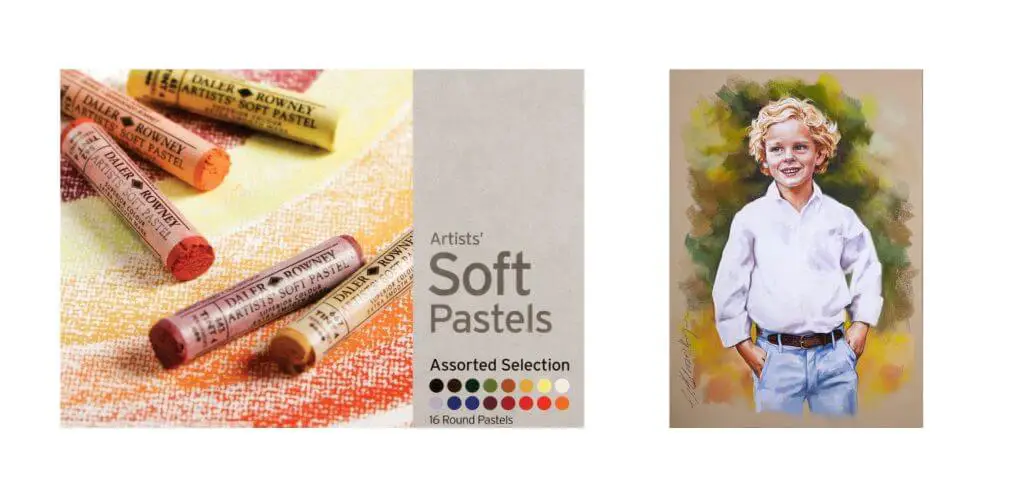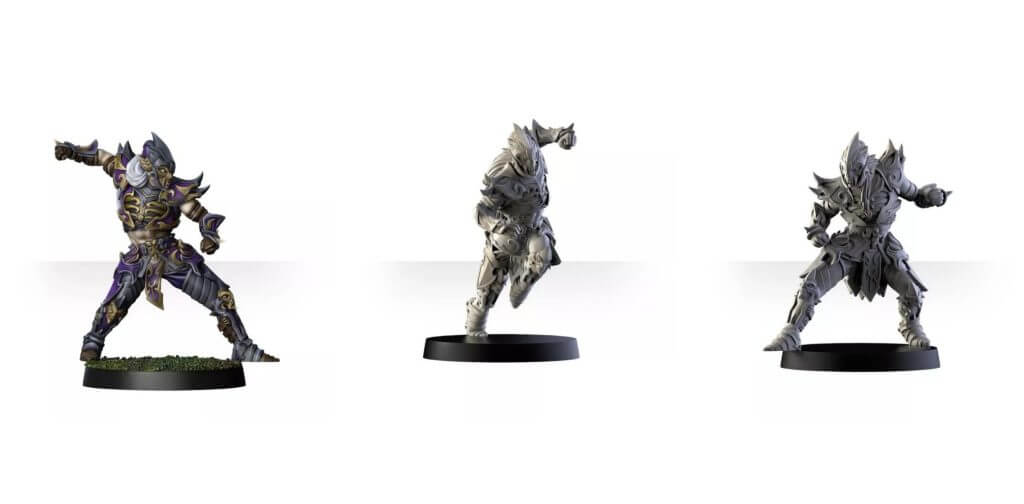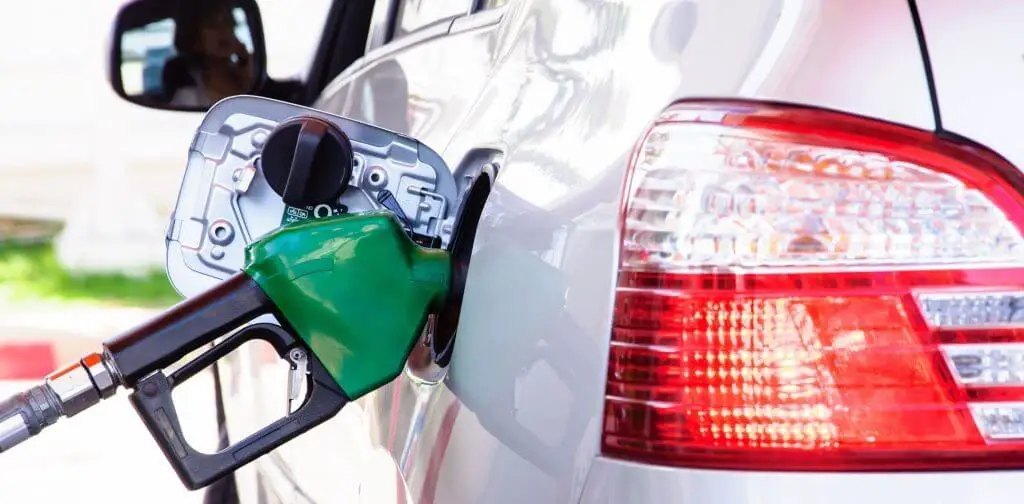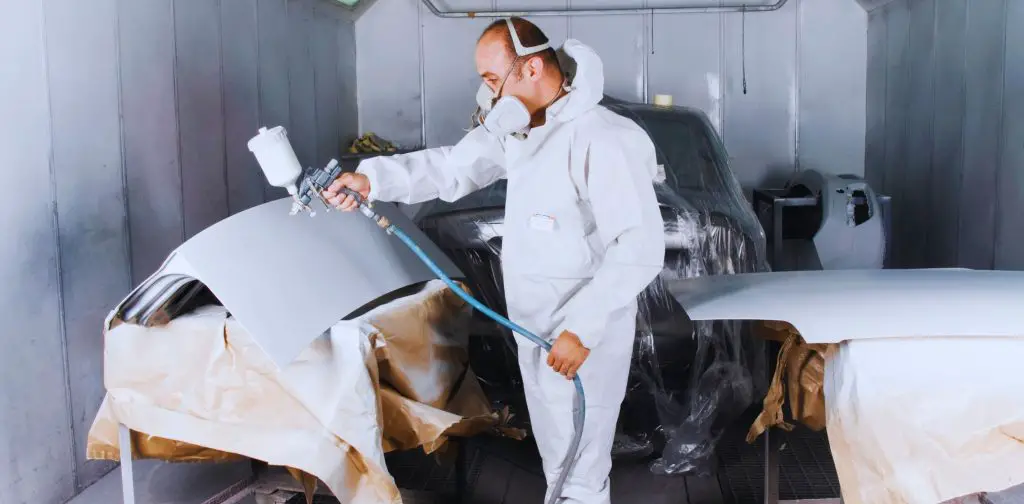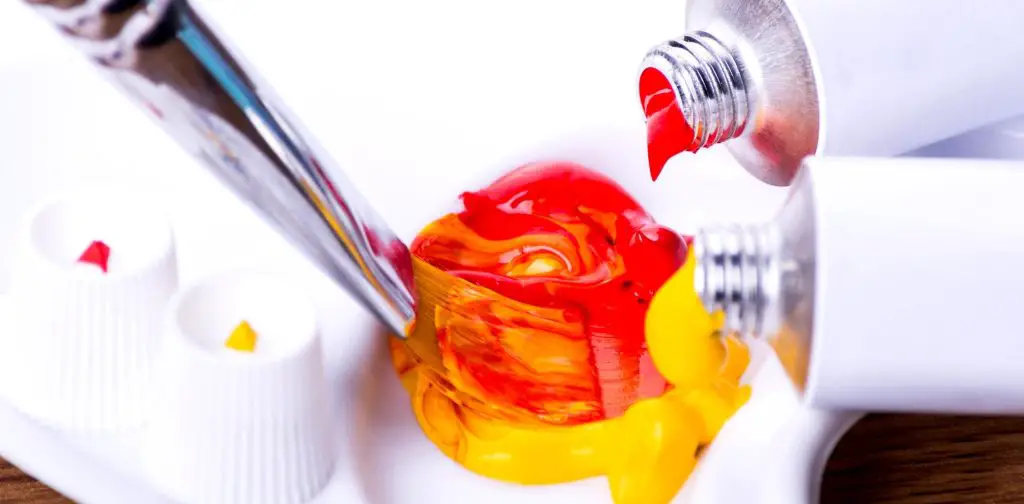Anyone who owns a boat knows what an outboard engine is. This engine helps a boat to move across the water. Engines are a particular topic, but we want to focus on outboard engine painting white.
You’ll often notice outboard engines painting white if you’ve ever been on a boat. Have you ever wondered why it’s always black and white? Why not paint another?
In this article, you will try to give a logical answer. And if your boat’s outboard engine paint is damaged, this article will help you solve it. Painting on outboard engines is possible, and you can do it quickly. Let’s dig into the details before allowing damage to the engine paints.
Table of Contents
Outboard Boat Motors and Engines
Outboard engines are designed specifically for boat propulsion. This engine is called an outboard because you can see it outboard. The inboard engines of automobiles are not visible from the outside. Outboard motors are mainly designed for marine cruising. These engines are two-stroke engines and four-stroke engines.
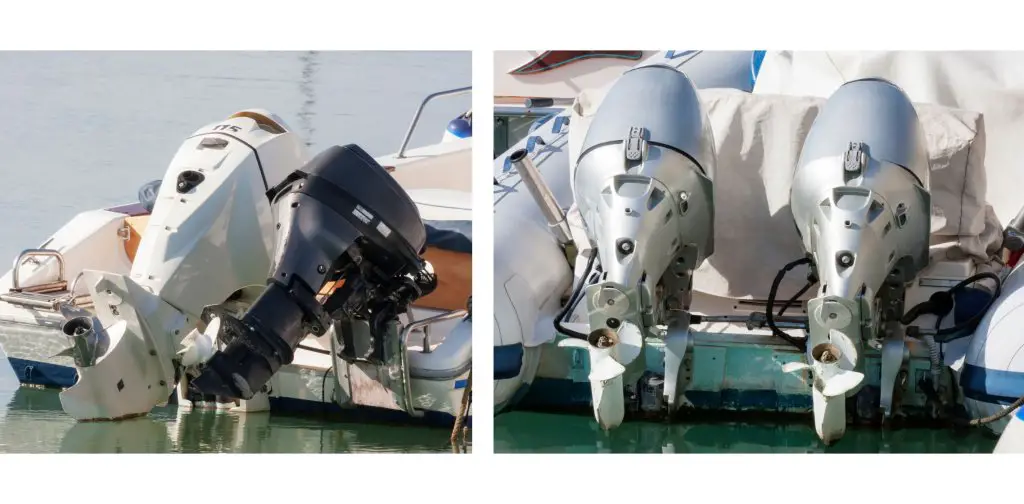
No doubt, these motors, and engines are the essential parts of a boat. But why are we paying attention to its paintings? Not that the engine won’t run without paint. But why? The answer is very simple. You must focus on outboard engine painting to maintain it for a long time.
If you check the engine sales in recent times, you will notice a decent growth which was absent in previous years. According to static analysts, the reason for such change means people are now satisfied with the performance and build quality. The performance is indirectly connected to the outboard painting, but the build quality is directly connected with the paint.
Now people start to know how to maintain their expensive outboard engines from moisture. They have begun to learn more about the engine as well as painting. That’s why people often ask about outboard engine white paint. Mercury outboard engines are colored black. Are you looking for blue or red outboard engines? It is almost impossible to find.
That’s why now we try to find out why outboard engines painting white mostly. Then we will know which outboard engine part needs more paint and why.
Why are Outboard Engines Mostly White in Color?
Well, this is a controversial question. Most outboard engine manufacturers choose the color white to use. That’s why you see the primarily white. If you are considering different colors, this may require additional production costs. Furthermore, if you buy thousands of gallons of one painting, you can spend less than if you buy thousands of different colors. But for the big production houses that continuously manufacture outboard engines, such differences are negligible.
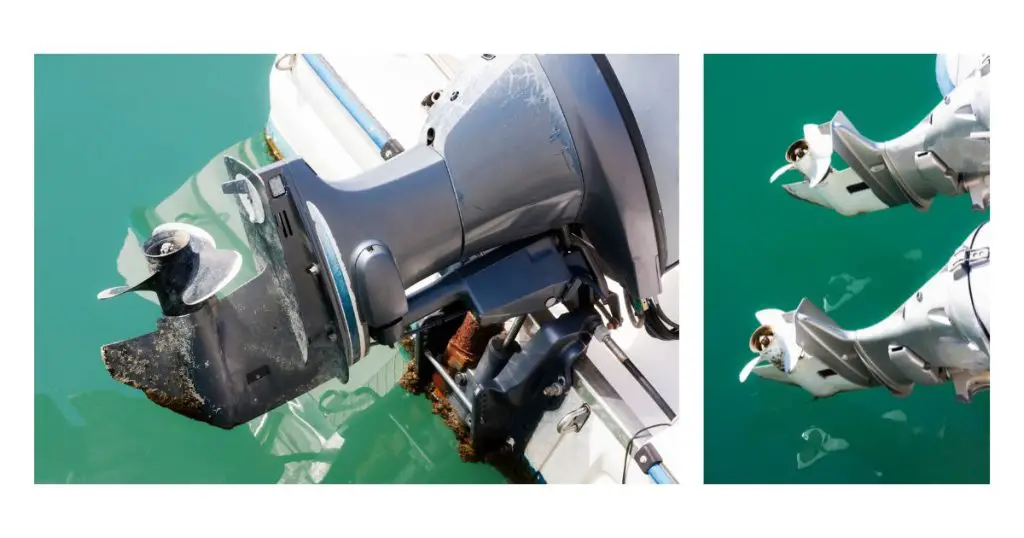
A big outboard engine production house doesn’t buy gallons of different colors. Instead, they can buy different raw materials to make different colors. Such mixing requires more money than using only a single paint. Moreover, white paints come with expensive Titanium dioxide. Other colors won’t have such expensive Titanium dioxide. It also might be a reason.
Another thing we discovered is that outboard engines aren’t something you have to show off. You don’t need to justify anything with a red engine. Whenever we think of red engines, we feel awkward in our thoughts. We don’t believe that red, blue, or green are professional choices as engine colors.
So, black and white is always a suitable paint choice for outboard engines. A gallon of white paint may cost 30 cents more in raw materials to make, but there is nothing to justify an upcharge of hundreds of dollars.
How to Paint Outboard Engines?
If you want to repaint your outboard engine personally, you need to know how to paint it. Repainting boat engines are pretty straightforward. Please don’t take it to a repair shop to repaint. They may charge an expensive rate.
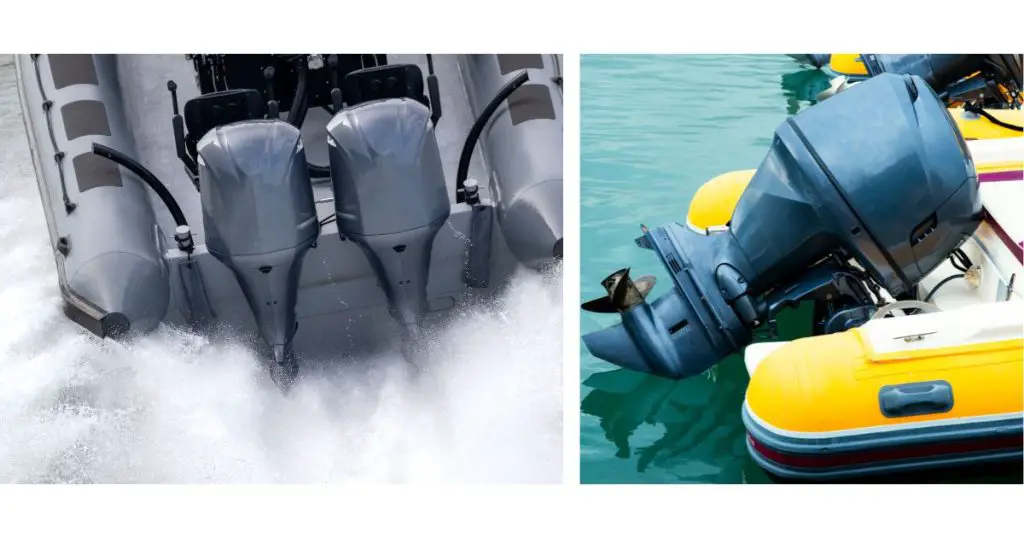
Now come into the painting section. We will paint white on the outboard engine. Let’s arrange all the necessary materials.
- 400 and 600 grit sandpaper.
- Spray primer.
- Spray white paint for outboard engines.
- Spray clear coat for outboard motor.
- A bucket of water.
- Liquid dish soap and dish scrubber.
If you have the above items, you are ready to repaint the entire engine. You won’t be sure how much paint you need. In this case, you can take the help of an expert.
Here we add 10 easy steps sequentially to paint the outboard engine.
- Remove the engine from the boat and place it in a suitable place.
- Sand the entire engine with 400-grit sandpaper, mainly the underside.
- Clean the motor with liquid soap and water.
- Spray a light coat of primer all over the body and leave it to dry.
- Sand the priming body after drying.
- Next, spray the paint on the outboard engine body.
- Keep an eye on the underside of the engine as it needs extra care.
- Allow drying for 3-4 days.
- You can sand the body again using 600-grit sandpaper.
- If you feel the paint output is insufficient, reapply the spray paint and let it dry.
See how easy it is! It only takes time to dry. Otherwise, painting on the outboard engine is quick work. We have told you to show special care while painting the lower section of the motor. That’s because if your boat is on the water year-round, applying the outboard engine’s lower part is almost the norm.
We always suggest our clients paint the lower part after every two or three weeks. This painting includes both cleaning and coating. It is needed to maintain a clean hull. Some also ask what kind of paint you should use on an outboard motor. We suggest automotive enamel with hardener for the best result.
Can You Paint Outboard Engine with Acrylic Enamel?
Acrylic paint is always an excellent choice to do any painting. These are professional to use on any surface. Outboard engines have the flexibility to use different paints on them. Sand properly to apply acrylic enamel on the outboard engine. Undoubtedly, acrylic enamel performs great with automobiles.
But we think if you use urethane paint, it will be easy to spray. If you find any other reasonable choice to paint the boat, you can tell us in the comment.
FAQs
Why are outboard engines usually white in color?
Most manufacturers choose white for cost efficiency. Buying one color in bulk reduces production costs, and white, though slightly more expensive in raw materials, is considered a professional and versatile choice.
Can I repaint my outboard engine on my own, and what materials do I need?
Certainly! Repainting an outboard engine is a straightforward process. You’ll need sandpaper (400 and 600 grit), spray primer, white paint for outboard engines, clear coat, water bucket, liquid soap, and a dish scrubber.
Is acrylic enamel suitable for painting outboard engines?
Yes, acrylic enamel is an excellent choice for painting outboard engines. It performs well on various surfaces, especially when properly sanded. Urethane paint is also recommended for ease of spraying.
How often should I paint the lower part of my outboard engine if my boat is in the water year-round?
For boats in the water year-round, painting the lower part every two or three weeks is advisable. This routine includes cleaning and coating to maintain a clean hull.
Final Verdict
Hopefully, after overviewing this article in its entirety, you know the answer to “Can you paint on outboard engines?” Don’t think more about outboard engines white painting because these motors look good in white colors. There is not only one paint to choose for outboard engines. There are plenty of bottom paints to choose from. So, you can try whatever paint you like during the repaint. But white is the best choice.
Do you have additional questions regarding boat engines? The comment section is open for you.
For more than 15 years, I’ve been immersed in the world of painting, and I’ve created this website to share my passion and knowledge with fellow art enthusiasts. My artistic journey has led me through various mediums, techniques, and styles, always pushing the boundaries of expression. I invite you to explore the captivating realm of art with me – a journey of creativity, self-expression, and the endless possibilities that painting offers.
Feel free to reach out to me via email at leanna.ange@gmail.com. Whether you have questions, want to share your own artistic experiences, or simply connect, I’m here to engage in the wonderful dialogue that art inspires. Looking forward to hearing from you!

